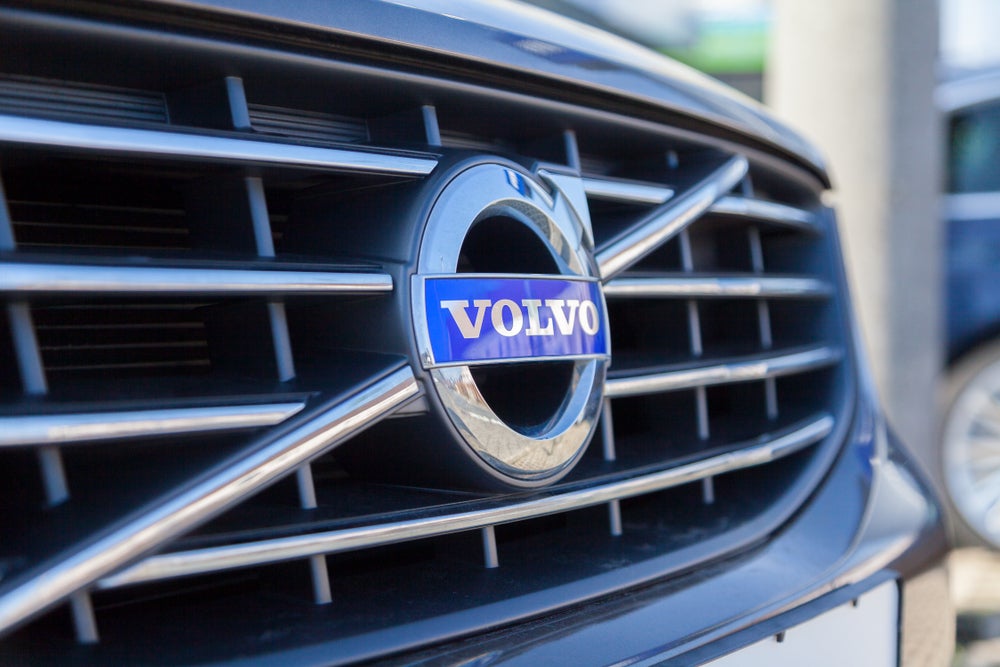
Sotiris Kanaris talks to Gary Pearson, head of customer quality and network development at Audi UK about ways dealerships can respond to changing customer behaviour
Crossing the road from the Ritz Hotel in Mayfair, in an area full of art galleries and designer clothes shops, one might also spy an unusual looking car showroom. The Audi City showroom stands out for reasons beyond its product offering, as four large multi-panel screens catch the attention of passers-by with interactive imagery.
Formerly a ‘traditional’ showroom, it was redesigned in 2012 to include digital technology features. Only three physical vehicles are displayed in the relatively small space compared to outer-city showrooms, but customers can virtually view the whole range using multi-touch tables.
Gary Pearson, head of customer quality and network development at Audi UK, says one reason behind the investment in digital technology was to solve the problem of displaying a number of cars in an inner city location, where renting a large area can be costly.
"We have so many models in our range, that even in a low-cost rural location it would be a task to display all of them," says Pearson.
In order to give potential buyers the opportunity to see more models, Audi rents 20 parking spaces at the Hilton Park Lane. The cars located there are available for test driving.
How well do you really know your competitors?
Access the most comprehensive Company Profiles on the market, powered by GlobalData. Save hours of research. Gain competitive edge.

Thank you!
Your download email will arrive shortly
Not ready to buy yet? Download a free sample
We are confident about the unique quality of our Company Profiles. However, we want you to make the most beneficial decision for your business, so we offer a free sample that you can download by submitting the below form
By GlobalDataPearson says the company chose to position a showroom in Mayfair because it wants to be part of the wider retail environment. US electric car manufacturer Tesla Motors has a similar strategy, as it has opened showrooms in shopping centres around Europe.
Another reason behind Audi’s location choice is to make it more convenient for the growing London population to view the manufacturer’s current range.
Different approach
"One of the stereotypes of our sector is that you walk into a very large building, where there are vehicles and sales people. It can be intimidating. You feel that you will be approached and sold something or be engaged in a way that you may not want to be.
"At this store the front-of-house team is not a sales team. They are employed by Audi UK, therefore they do not operate on commission. They are there to give a great experience to all guests," says Pearson.
The team explains to customers how to use multi-touch tables, through which they can configure a car according to their demands. While configuring, customers get an individual code which can be used on the Audi website or at another dealership of the manufacturer.
When customers want to complete the purchase at Audi City, they are directed to the consultation rooms in the showroom’s basement, where they can have a chat with sales personnel.
Changing customer behaviour
Pearson says the diversity of experiences and journeys customers want to have when purchasing a car has never been wider.
"Generation Y customers are doing more things online and they potentially have more appetite to conduct an entire purchase online, but equally a lot of customers do not want that, they never did and possibly they never will," he says.
He says that Audi City, which has physical vehicles on display as well as digital technology features, accommodates a wider range of customer demands.
Talking about statistics which show a decrease in the average number of visits to dealerships, Pearson says that the experience in showrooms like Audi City can be a reason for customers to revisit a dealership a number of times.
Cost-benefit analysis
Pearson says that sales revenue from this showroom has increased compared to the period when it was a ‘traditional’ dealership.
"Versus the best year in the facility before it was Audi City London, sales have doubled," he says.
Brand exposure and the ability to host events in the space, like car launches, are cited by Pearson as additional benefits of Audi having that showroom.
However, Pearson adds that the cost of the facility is high and the company shares it with its franchise partner.
He says: "I don’t think it’s anything sensational to say that having a facility opposite the Ritz is an expensive operation.
"We look at that in terms of both an investment in having a sales facility in which we want a return but also an operational return for our franchise partner. We also view it as a marketing investment for us in terms of our brand image."
The future dealership?
Although the car manufacturer is opening Audi Cities in urban centres around the world – like Paris, Rome and New York – Pearson says that this type of dealership will not necessarily be the future for all dealerships. He says that it’s a solution for inner cities, but in other locations customer demands and dealer issues are different.
However, Audi is bringing some of the digital technology features to other dealerships.
Pearson tells Motor Finance that by the end of 2016, there will be about 20 configuration tables with IFRD technology in "traditional format stores" around the UK.







